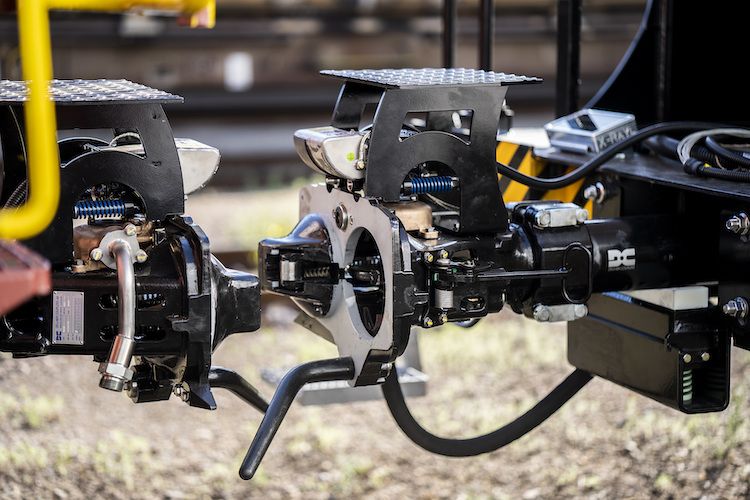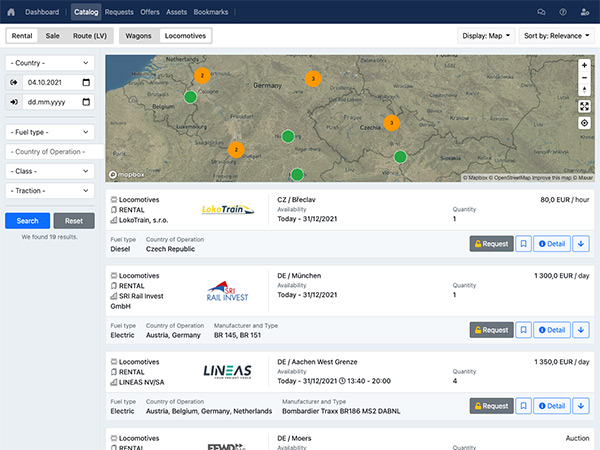The EU's Joint Undertaking Europe's Rail plans to make DAC mandatory in both new and already used rolling stock, despite the technology still being tested. Rail freight carriers in Central Europe, including Poland, Germany, the Czech Republic, Hungary, and Slovenia, are pointing out the lack of uniform standards for both the mechanical and digital/electrical parts of the solution and the need for proper tests that would allow for the evaluation of the costs and benefits of the automation. As we have already reported, representatives of organizations of rail freight operators in Central Europe met in Prague in February to discuss threats and opportunities for the implementation of DAC.
The prospect of DAC implementation by 2030 requires many operators to take action now on rolling stock maintenance, due to existing maintenance cycles. The lack of clear technical and design requirements for installing DAC in older vehicle types makes it impossible to decide whether the fleet is suitable for modernization or decommissioning.
The financial aspect of the technology also raises concerns. “One automatic coupler in its basic version costs 15-20 thousand euros. In Europe, there are approx. 500,000 freight cars, each requiring two couplers. Therefore, the project would cost the industry up to EUR 15-20 billion, and this amount does not include the full functionality of the DAC or the costs of modernization work,” said Michał Litwin, General Director of the Federation of Independent Rail Operators (ZNPK).
The railway organizations demand guarantees for the full financing of the project, a defined scope for equipping rolling stock with new technology, modernizing or renewing the fleet, as well as clear procedures for authorizing the retrofitting of vehicles throughout the EU, in order to avoid the risk of reducing the operational fleet of carriers. At the same time, railway organizations fear that the project to increase the competitiveness of rail freight transport will, on the contrary, lead to its reduction, since for many smaller operators these changes will mean the beginning of the end if their operations.
“Operators are not able to bear such high one-off expenses for vehicle equipment. Without a significant institutional support, these costs will have to be transferred to the rates offered for rail freight customers. What is worse, in the current operating conditions (transport of compact trains, intermodal, and the implementation of the last mile by road transport), there are no measurable benefits for operators and their customers that could compensate for such costly modernization,” commented Miroslaw Szczelina, Member of the Management Board of the Federation of Independent Rail Operators (ZNPK).

